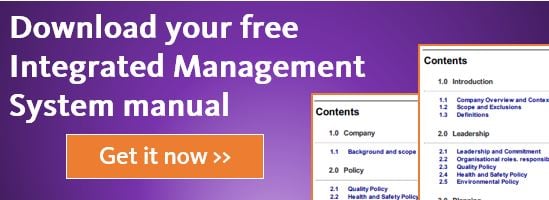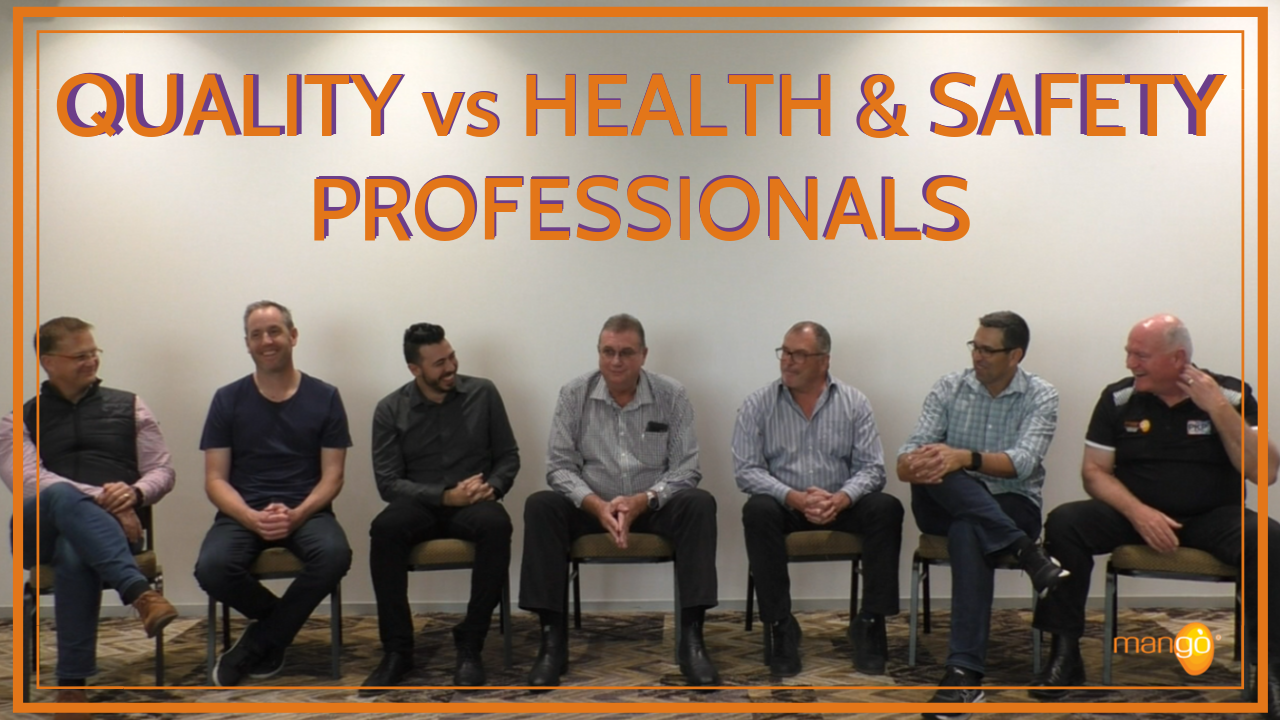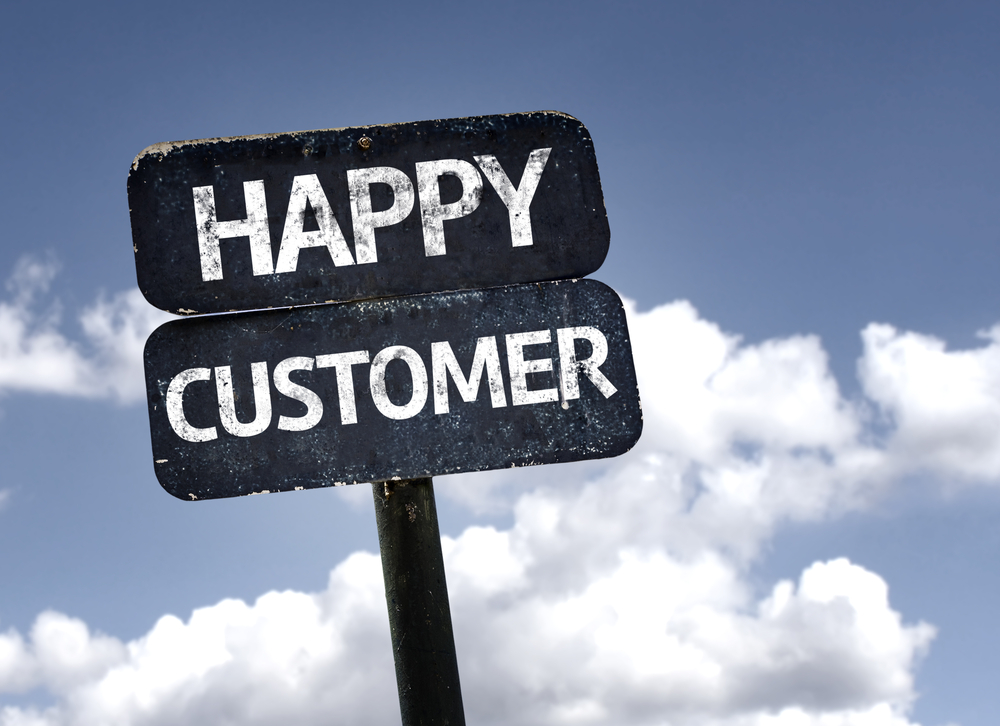So far in this blog series I’ve mostly talked about very high-level processes. They’re what’s covered in clauses 4, 5, 6, and 7, and are the “Plan” part of the Plan-Do-Check-Act (PDCA) cycle. It’s the big picture stuff, the laying of critical foundations.
But of course, in every certification process there comes a point at which you have to deal with the detail – the “Do” part of the PDCA cycle. Capturing exactly how your company controls the internal processes that it uses to provide products and/or services to customers is key to running a successful Quality Health and Safety and Environmental System (QHSE).
So, in clause 4.4 you determined what your Quality Management System will look like. Now, for clause 8.1, you’ll be getting specific and adding lots of detail.
1. Decide What You Want to Capture
In other words, what criteria are you going to use for determining the processes. There aren’t any particular criteria listed in ISO 9001 for you to adopt, but some criteria that are commonly used are appearance, dimensions, completeness, performance or customer satisfaction. Depending on the needs of your particular business there may be more.
Whichever criteria you choose, there are two important things to consider when making your decision...
- Remember to keep the customer firmly at the forefront of your mind. Everything you record, measure and analyse should be for the betterment of the customer in the long run, and the criteria you choose are critical to this.
- The more information about processes that you capture, the better and more robust your system will ultimately be. Make sure that the criteria that you choose allow you to capture enough information to be useful.
2. Look at Resources
Once you’ve decided on criteria, the next step is to look at the resources that are required and spell that out. Who does what? What equipment do they use? What training is required? And so on.
3. Decide what kind documented information you need
Finally, look at what kind of documented information you will need to confidently show that the processes have occurred and that also prove conformity of the product or service to your requirements. Again, you decide this, as well as the amount of documentation that’s required. Don’t go overboard with this though. A tsunami of documentation will be counterproductive.
It’s at this point of the certification process that many companies come unstuck. A common mistake is that companies capture what they wish they were doing, not what they actually do. Many end up documenting what the process would look like in a perfect world, as opposed to what actually happens in reality.
How your company actually does things is what clause 8.1 is all about. If you’re honest about documenting the processes as they really are, you have done your team and your customers a great service. Big gains can be made when you are dealing with facts, and not fantasy. Be honest and rigorous about recording the reality of your processes.
Documented Information at Mango
Here at Mango, the team fleshed out the processes listed in clause 4.4. We debated each process and looked at the criteria and resources for each. As an example, let’s talk about marketing processes.
One of the goals for our marketing team is to successfully deliver leads to the sales team, so the first thing we did was to identify the processes that are used to deliver leads and the resources needed to do this.
One marketing process we use to generate leads is to run monthly webinars. We debated the criteria around running those webinars, and nailed down what actually happens each month regarding the webinar process:
- Appearance: Marketing webinars are run by Chief Marketing Officer. The webinars focus on QHSE and feature a guest with specialist knowledge.
- Dimensions: Once a month for 60 minutes, using a product called “Go-to-webinar”. Promotion of the webinar is using our email, blog and newsletter. A registration email is sent one week before broadcast, with a follow-up reminder email 1 days before broadcast. Distribution of webinar recording is via email and the blog the next day after broadcast.
- Completeness: Webinar completed within the first week of every month.
- Performance/customer satisfaction:
- Number of registrations.
- Feedback received via email/LinkedIn/comments.
- Number of leads generated for the sales team by each webinar.
- Resources: Go-to-webinar subscription, Chief Marketing Officer, Marketing Assistant, expert guest.
- Documentation: blog, email, leads.
By documenting the process and the criteria we formalised what we’d been doing. We gained clarity as well as creating a starting point for making improvements.
Takeaways
Here is a list of takeaways that will help you meet the 8.1 clauses:
- Take the high-level processes identified in clause 4.4 and flesh them out with your teams.
- Determine the criteria for what success looks like for each process.
- Determine the resources required for each process.
- We recommend documenting these processes so that the employees are clear in what the processes are.
View previous blogs in this series "How to Implement a QMS and Achieve ISO 9001 Certification":
How to Implement a QMS and Achieve ISO 9001 Certification - Part 1: Introduction
How to Implement a QMS and Achieve ISO 9001 Certification - Part 2: Customer Focus
How to Implement a QMS and Achieve ISO 9001 Certification - Part 3: Leadership
How to Implement a QMS and Achieve ISO 9001 Certification - Part 4: Engagement of People
How to Implement a QMS and Achieve ISO 9001 Certification - Part 5: Process Approach
How to Implement a QMS and Achieve ISO 9001 Certification - Part 6: Improvement
How to Implement a QMS and Achieve ISO 9001 Certification - Part 7: Evidence Based Decision Making
How to Implement a QMS and Achieve ISO 9001 Certification - Part 8: Relationship Management
How to Implement a QMS and Achieve ISO 9001 Certification - Part 12: Clause 5.2 Policy
How to Implement a QMS and Achieve ISO 9001 Certification - Part 15: Clause 6.2 Objectives
How to Implement a QMS and Achieve ISO 9001 Certification - Part 16: Clause 7.1 Resources
.png?width=200&height=51&name=image%20(2).png)





